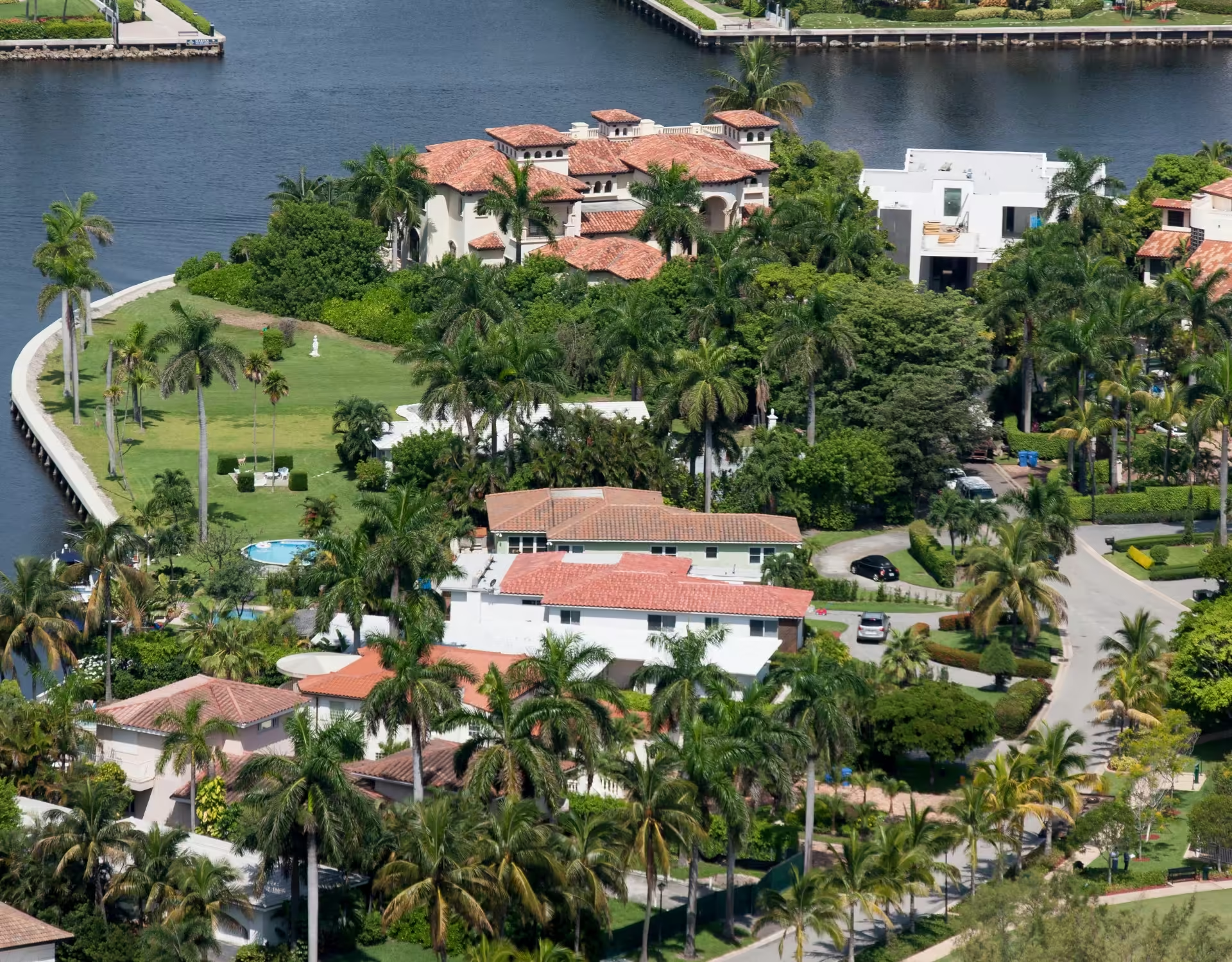Top 10 Upgrades to Boost Florida Home Value
At Plachter Realty Inc, serving coastal Broward, Miami-Dade, and Palm Beach Counties, we’ve seen smart upgrades transform homes in Fort Lauderdale, Miami, and West Palm Beach, maximizing our clients’ returns. Here are the top 10 renovations to elevate your home’s value in Florida’s unique market. 1. Kitchen Remodels for Florida Homes A modern kitchen is a top draw for buyers in Fort Lauderdale and beyond. Upgrade with energy-efficient appliances, quartz countertops, and open layouts to earn up to an estimated 75% ROI. Costs range from $20,000–$45,000+, appealing to buyers seeking open kitchen-dining spaces. 2. Bathroom Renovations Updated bathrooms with spa-like features like rainfall showerheads attract buyers. Neutral colors and water-saving fixtures can earn up to an estimated 70% ROI for $7,000–$20,000+. In south east Florida, these upgrades are especially popular. 3. Outdoor Living Spaces Florida’s warm climate makes patios and outdoor kitchens a must. These spaces can earn up to an estimated 100% ROI, costing $5,000–$24,000+. They’re perfect for entertaining in West Palm Beach homes. 4. Swimming Pool A pool can increase your home’s sale price by up to an estimated 12%. Energy-efficient features like LED lighting can keep costs down. Depending on the size and features, a pool installation can cost $30,000–$72,000+ but will increase the property value. This is a must upgrade to attract Buyers who want the best of Florida living. 5. Impact-Resistant Windows and Doors In south east Florida, impact-resistant windows are non-negotiable due to hurricane risks and insurance. These upgrades reduce insurance costs and can earn up to an estimated 77% ROI $12,300–$38,760+. They’re essential for coastal Broward County homes too. 6. Roof Replacement A durable roof is critical in Florida’s harsh weather. Metal or tile roofs can earn up to an estimated 100% ROI ($6,000–$36,000+). Nearly all buyers in this market will consider the age and condition of the roof when submitting an offer. An older roof can slow your sale and may cause the buyer to request concessions to address this critical home feature. 7. Garage Door Replacement A modern garage door boosts curb appeal and can earn up to an estimated 98% ROI. Smart openers add value. This cost-effective upgrade makes a strong first impression. If the garage door is impact rated, this will increase the property value and ease buyer’s concerns about durability and insurance. 8. Energy-Efficient HVAC Systems Florida’s heat demands efficient HVAC systems. ENERGY STAR units cut energy use by 50% and can earn up to an estimated 75% ROI. These are a top priority for south Florida home buyers. 9. Landscaping and Curb Appeal First impressions are important and tropical landscaping with palms or succulents creates a welcoming exterior. Neutral exterior paint, strategically placed landscaping, and a stylish front door can earn up a high ROI. 10. Smart Home Features and Security Systems Smart thermostats and security cameras add convenience and safety. These upgrades can earn up to an estimated 10% ROI. Today’s buyers value tech-savvy homes. Why These Upgrades Boost Florida Home Value Florida’s market is unique due to its climate and lifestyle. Hurricane preparedness is critical, especially in coastal areas like Miami-Dade. Upgrades like impact-resistant windows and durable roofs address these concerns. Outdoor living is a priority in Broward and Palm Beach Counties. Pools and patios cater to buyers seeking the Florida lifestyle. Energy efficiency also matters, with rising costs driving demand for HVAC and smart systems. Considerations for Maximizing ROI To get the most from your Broward County home renovations: Research Local Trends: Check with us or online for market data and recent trends. Balance Costs: Focus on high-ROI upgrades like garage doors over luxury pools. Consult Experts: Plachter Realty Inc can tailor advice to your south Florida home. Estimated Cost and ROI Overview Upgrade Cost Range Estimated ROI Notes Kitchen Remodel $20,000–$45,000+ Up to 75% Energy-efficient appliances, open layouts. Bathroom Renovations $7,000–$20,000+ Up to 70% Modern fixtures, neutral colors. Outdoor Living Spaces $5,000–$24,000+ Up to 100% Patios, decks, outdoor kitchens. Swimming Pool $30,000–$72,000+ Up to 12% Energy-efficient features, maintenance. Impact-Resistant Windows and Doors $12,300–$38,760+ Up to 77% Hurricane safety, insurance savings. Roof Replacement $6,000–$36,000+ Up to 100% Flat, Shingle, Tile, or Metal Garage Door Replacement Varies Up to 98% Modern materials, smart features. Energy-Efficient HVAC Systems Varies Up to 75% Reduces energy costs significantly. Landscaping and Curb Appeal Varies High Native plants, exterior paint. Smart Home Features/Security Systems Varies Up to 10% Smart thermostats, cameras, locks. Conclusion These upgrades can transform your home’s value in Fort Lauderdale, Miami, or West Palm Beach. Contact us for personalized advice on increasing home value in Florida’s coastal markets.







